1. Polyploidism – additional genes
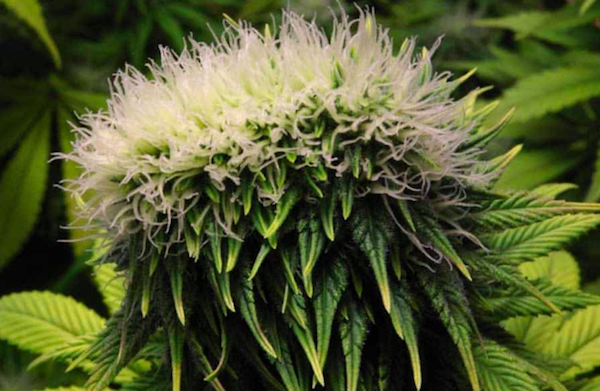
Typically, cells contain two sets of chromosomes and are called diploids. They inherit one set from each of their parents. However, when cells mutate, they can become polyploid and have more than two sets of genetic markers.
Polyploid plantations sometimes produce more THC and higher yields, but so far none have been bred to do so on a regular basis. It is recommended that experiments with mutated plants be left to experienced breeders and that healthy, non-mutated varieties be grown for personal use.
2. Cones growing from the petiole of the leaf
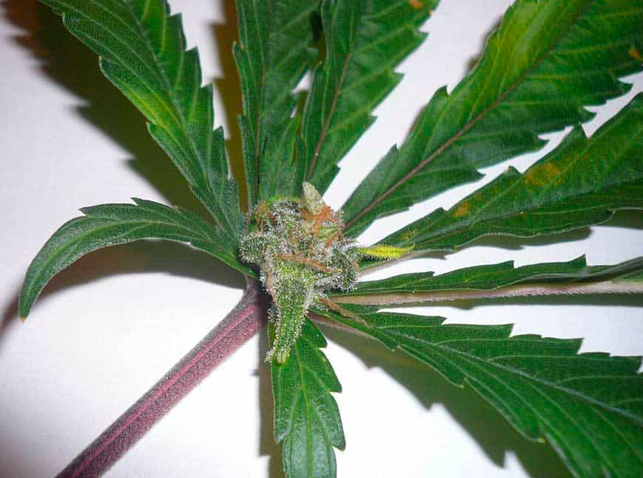
Usually, cones form only at nodes where leaf petioles correspond to plant stems. In some rare cases, the mutation causes flowers to grow from the base of the leaves. You might think that this can increase your income, but in fact, the buds are quite small and will compete with your large flowers for nutrients. You can pluck those leaves and continue growing your plant or get rid of it altogether.
3. Phyllotaxy – three leaves from one node

Some plants trifolate, meaning they suffer from a deformity or mutation in which three cotyledons emerge from the first node instead of the usual two. This condition usually only affects plants in the very early stages of life, and they tend to stop the strange phenomenon as they mature (i.e., after the fifth set of nodes or so).
Be aware, however, that trifolitic plants, or those with curled phyllotaxy, tend to exhibit more hermaphroditic behavior, and are also much more likely to become masculine when flowering. It’s best to get rid of them.
4. Webbed leaves – “Ducksfoot” (duck feet)
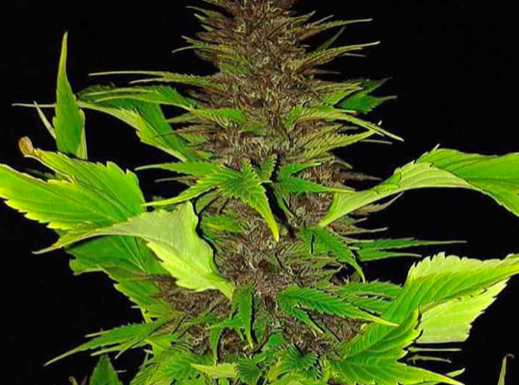
Several strains exhibit leaves that appear to have a band between their leaflets, similar to the legs of waterfowl – hence the term “Ducksfoot”.
This may be of interest to those who are trying to hide their plants in plain sight. Since the leaves do not exactly resemble the typical cannabis leaf pattern, the casual observer cannot identify the plants as cannabis.
5. Multicolor – albinism
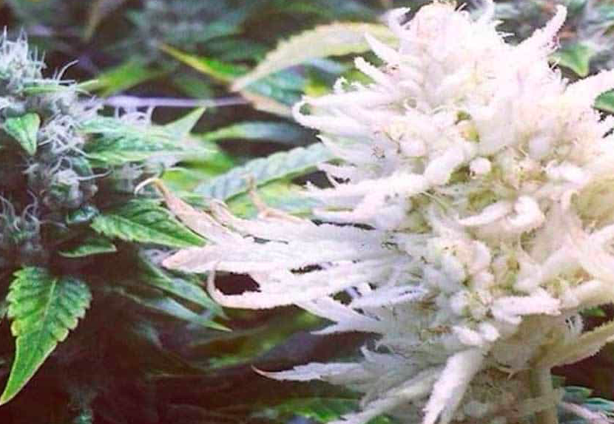
Some genes control the production of chlorophyll, the pigment that makes them green. When the mutation turns these genes off, the plant will be white with albinism. It’s interesting to watch and photograph, but this mutation will cause the plant to stop growing because it can no longer absorb light.
6. Polyembryonic seeds – One seed, two plants
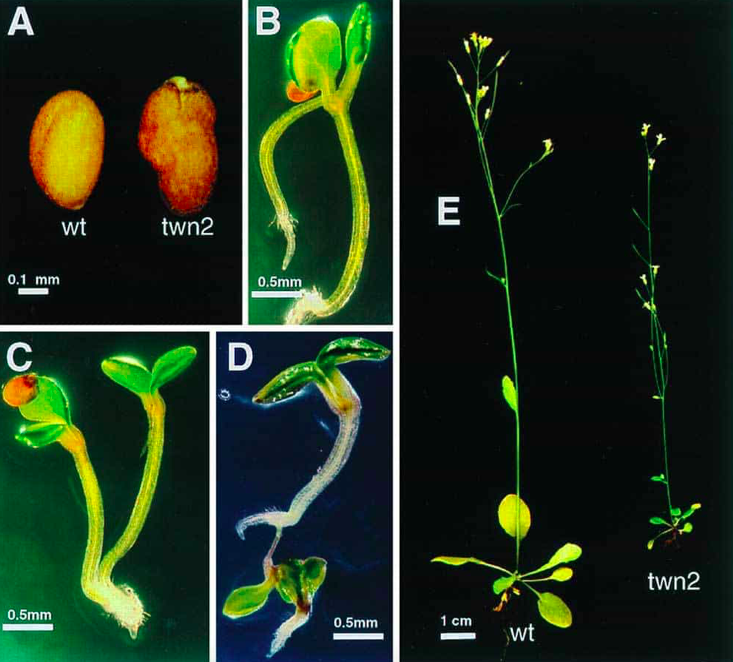
When two or more embryos come from one egg or seed, it is called a polyembryo. You may also know this “twins” phenomenon.
You can try to separate the seedlings from each other, but this is a delicate operation. If you can separate them, including the double roots, place them in separate containers so they don’t compete with each other for space and nutrients.
Price
Original price before discount€69.90
Price: €39.90
3491.25 ₽
1364.98 ₴
Price
Original price before discount€38.90
Price: €24.90
2178.75 ₽
851.83 ₴
Price
Original price before discount€27.90
Price: €22.90
2003.75 ₽
783.41 ₴





